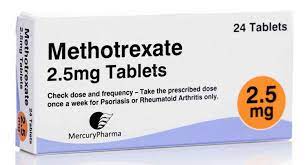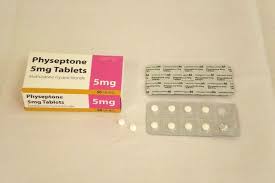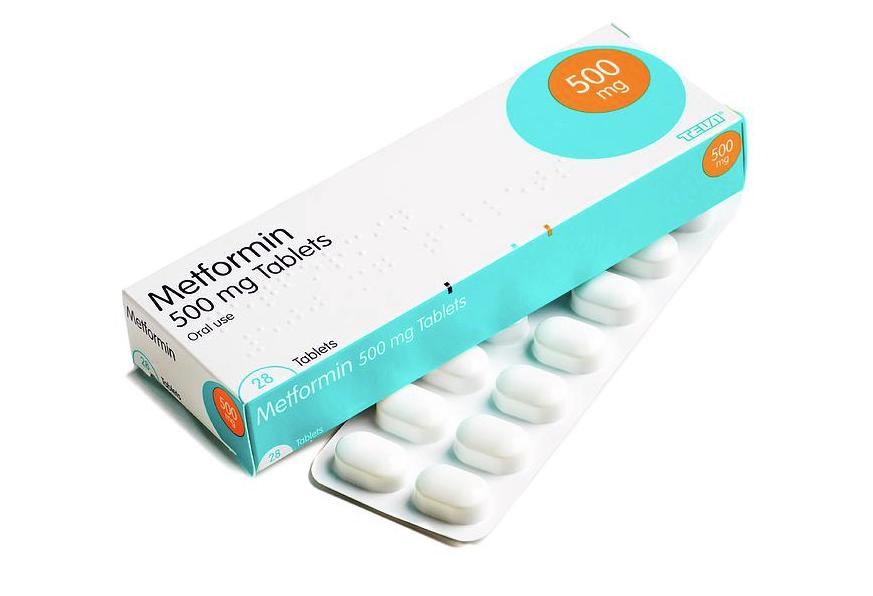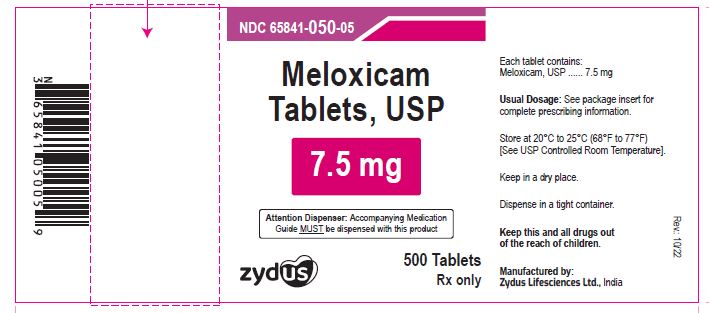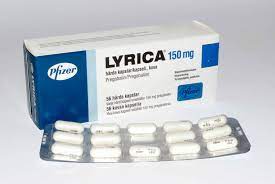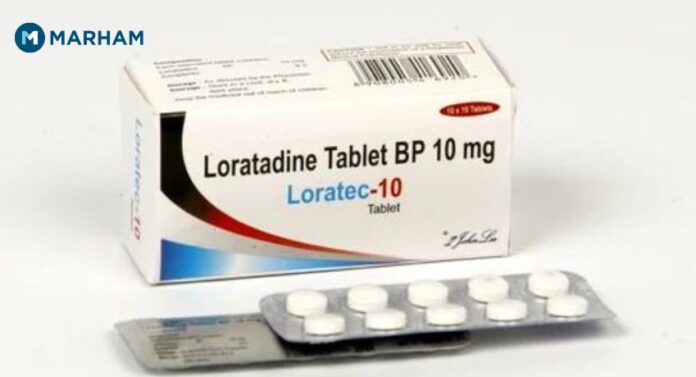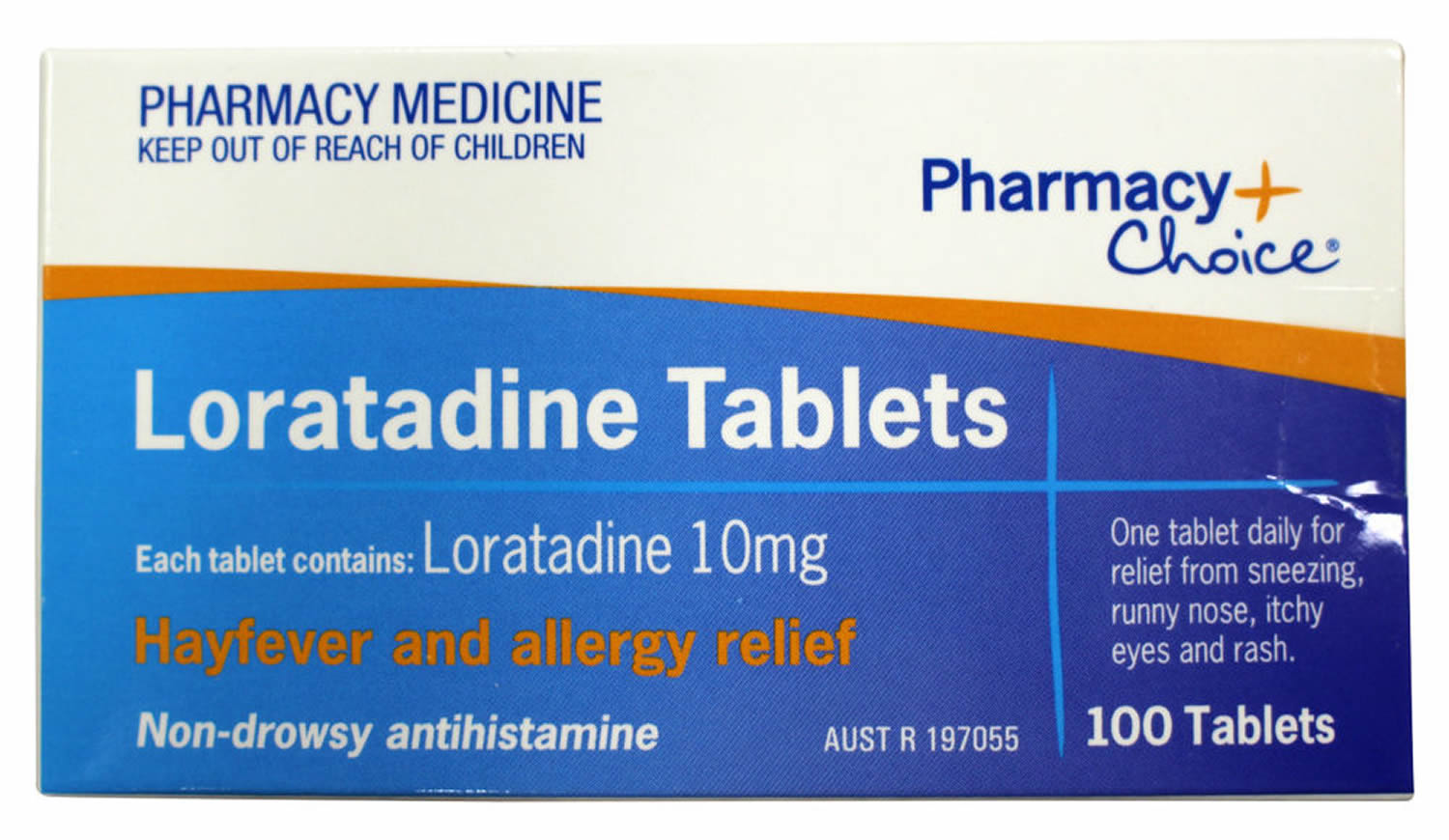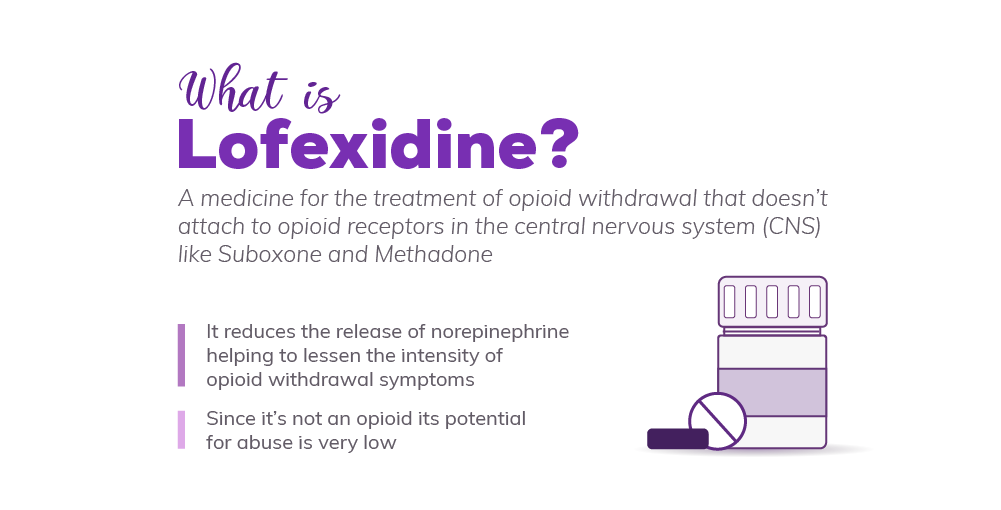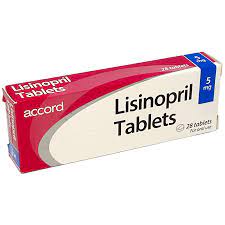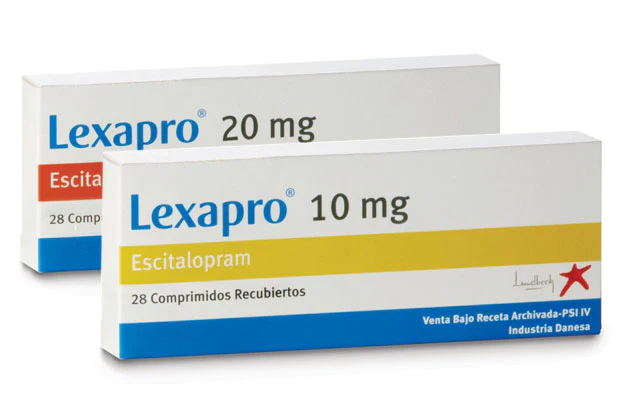Methotrexate is a medication used to treat various medical conditions, including cancer, autoimmune diseases, and severe psoriasis. Here’s information about its uses, benefits, common symptoms, and potential side effects: Methotrexate Tablet Uses Benefits and Symptoms Side Effects
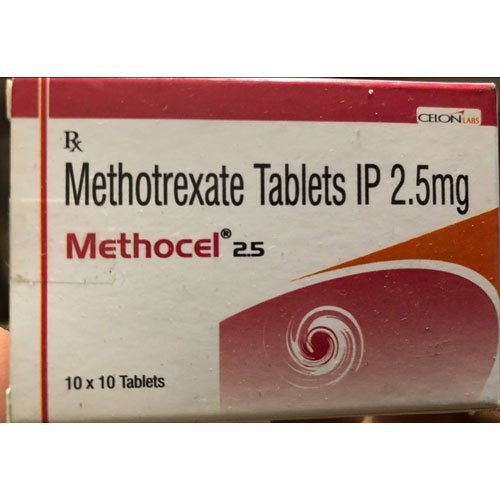
Uses and Benefits of Methotrexate:
- Cancer Treatment: Methotrexate is commonly used in the treatment of certain types of cancer, such as leukemia, lymphoma, and solid tumors. It works by interfering with the growth of cancer cells.
- Autoimmune Diseases: Methotrexate is used to manage various autoimmune diseases, including rheumatoid arthritis, psoriatic arthritis, and systemic lupus erythematosus. It helps reduce inflammation and suppresses the immune system.
- Severe Psoriasis: Methotrexate can be prescribed to individuals with severe psoriasis that has not responded well to other treatments. It helps slow down the excessive growth of skin cells and reduces inflammation.
Common Symptoms and Side Effects of Methotrexate:
- Nausea and Vomiting: Methotrexate can cause gastrointestinal symptoms such as nausea and vomiting. Taking the medication with food or using anti-nausea medications can help alleviate these symptoms.
- Mouth Ulcers: Some individuals may develop mouth ulcers or sores as a side effect of methotrexate.
- Hair Loss: Hair loss is a potential side effect of methotrexate, although it is usually temporary and reversible once the treatment is discontinued.
- Fatigue: Methotrexate can cause fatigue or feelings of tiredness.
- Liver Toxicity: Methotrexate can affect liver function, and regular monitoring of liver enzymes is typically required during treatment.
- Decreased Blood Cell Counts: Methotrexate can temporarily reduce the production of blood cells, including red blood cells, white blood cells, and platelets. Regular blood tests are usually conducted to monitor these parameters.
- Increased Risk of Infections: Methotrexate suppresses the immune system, which can increase the risk of infections. It’s important to take precautions to avoid exposure to infectious agents and promptly report any signs of infection to your healthcare provider.
- Pulmonary Effects: Rarely, methotrexate can cause inflammation of the lungs, leading to symptoms such as shortness of breath or cough. Seek medical attention if you experience these symptoms.
It’s important to take
methotrexate as prescribed by your healthcare professional and follow their instructions regarding the dosage and frequency of administration. Inform your healthcare provider about any pre-existing medical conditions, medications, or supplements you are taking to ensure the appropriate use of methotrexate.
If you have any concerns or experience
troubling side effects while taking methotrexate, consult with your healthcare provider for further evaluation and guidance. They can provide personalized advice based on your specific situation and help you manage your condition effectively.
Methotrexate Tablet Uses Benefits and Symptoms Side Effects Methotrexate Tablet in hindi Methotrexate Tablet in hindi

